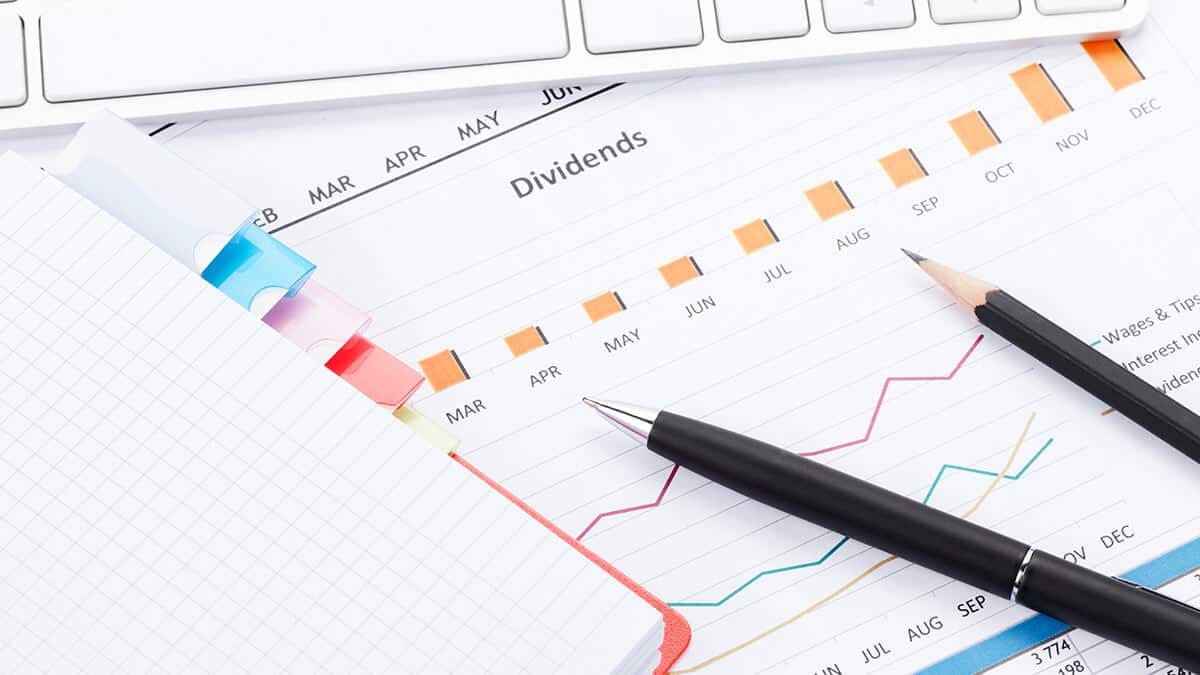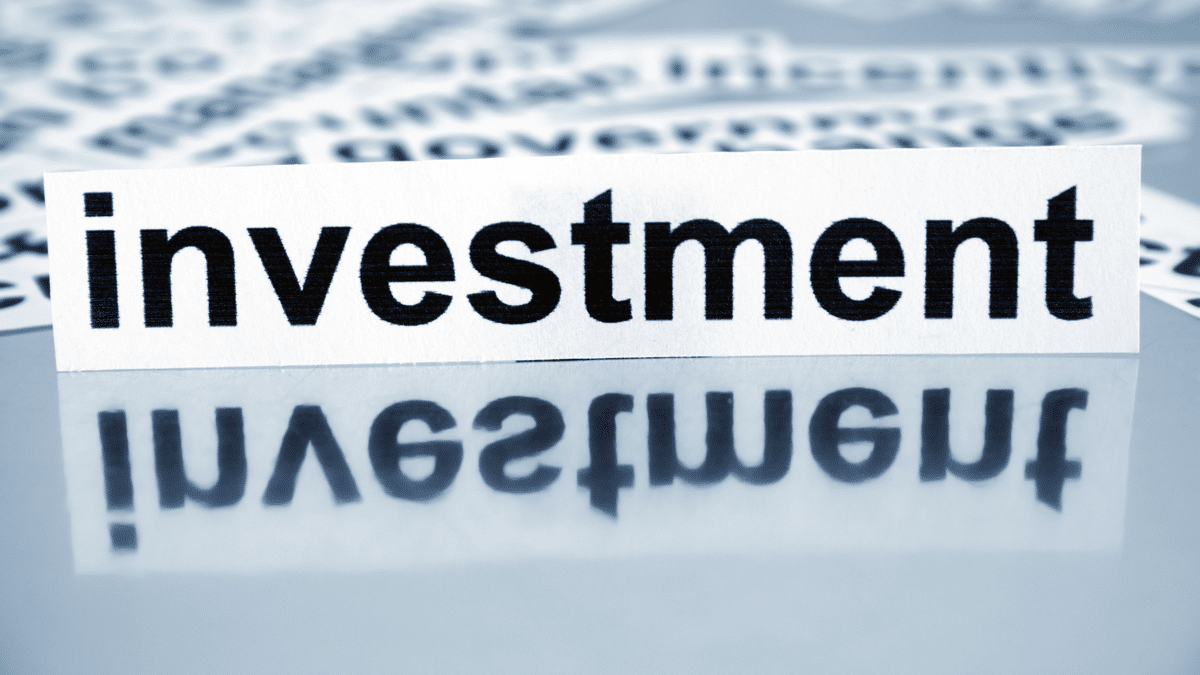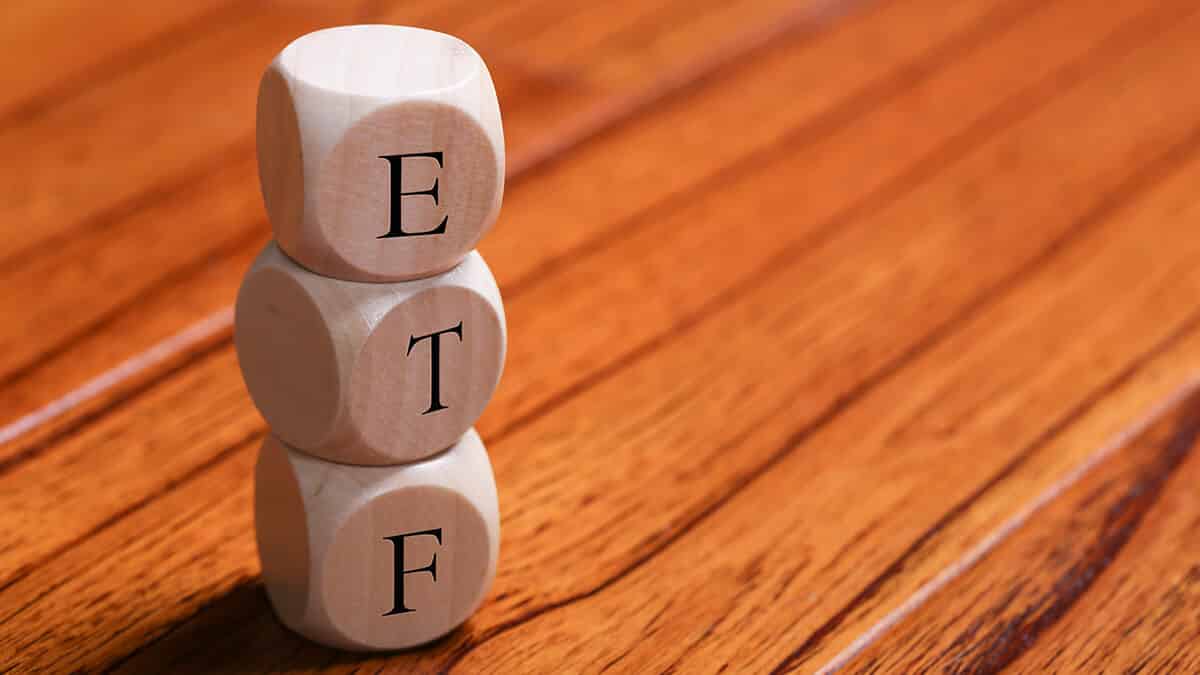In this guide
Many Australian listed companies, the banks and big miners in particular, are known for paying reliable dividend income, with an average dividend yield of just over 4% over the past 40 years.
But dividend yields are even more attractive when franking credits are included, especially for SMSF investors in retirement phase. But before we get to that, let’s brush up on franking.
What are franking credits?
Franking credits represent tax a company has already paid in Australia on any profits it distributes to shareholders by way of dividends. The company tax rate in Australia is currently 30%, or 25% for companies with turnover of less than $50 million.
Shareholders can then use these franking credits, also known as imputation credits, to offset their tax liability on other income, including salary, at the end of the financial year. People who pay no tax, notably SMSF investors in retirement phase, can claim a full tax refund from the Australian Taxation Office (ATO).
Good to know
Our system of dividend franking, or dividend imputation, was introduced to prevent the double taxation of company profits. Dividend imputation is so called because the tax a company has paid on its earnings is ‘imputed’ (taken into account) when profits are distributed to shareholders as dividends.
Because companies are not obliged to pay tax on profits before distributing them to shareholders, dividend payments can be fully franked, partially franked or unfranked. The franking amount is reported as a percentage, for example, a 70% partly franked dividend means the company has paid tax at the full 30% company rate on 70% of the dividend but not the remaining 30% of the dividend.
If your marginal tax rate is less than the company tax rate of 30%, you would be eligible to receive a refund of the difference between the franking credit and your tax payable.
That is why SMSF investors are so attracted to shares in Australian companies that pay fully franked dividends.
Check out the 20 most popular Australian shares with SMSF investors.
Super funds pay a top income tax rate of 15% and no tax on the earnings or income of investments supporting a retirement pension. So refundable franking credits can boost the income yield of an investment substantially.
Here’s how.
















